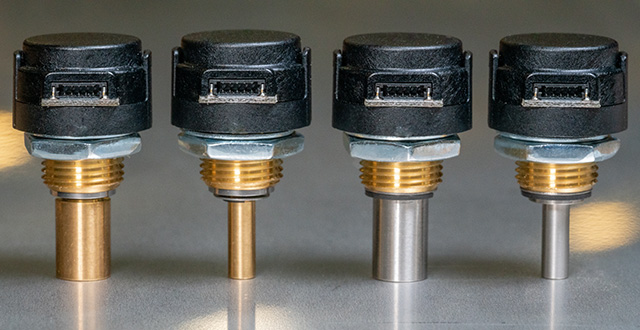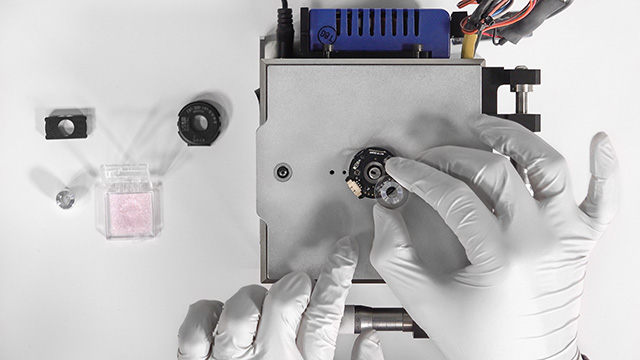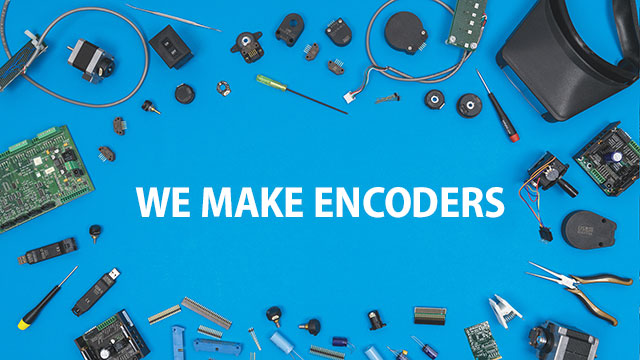News
Page 2 of 7 in News
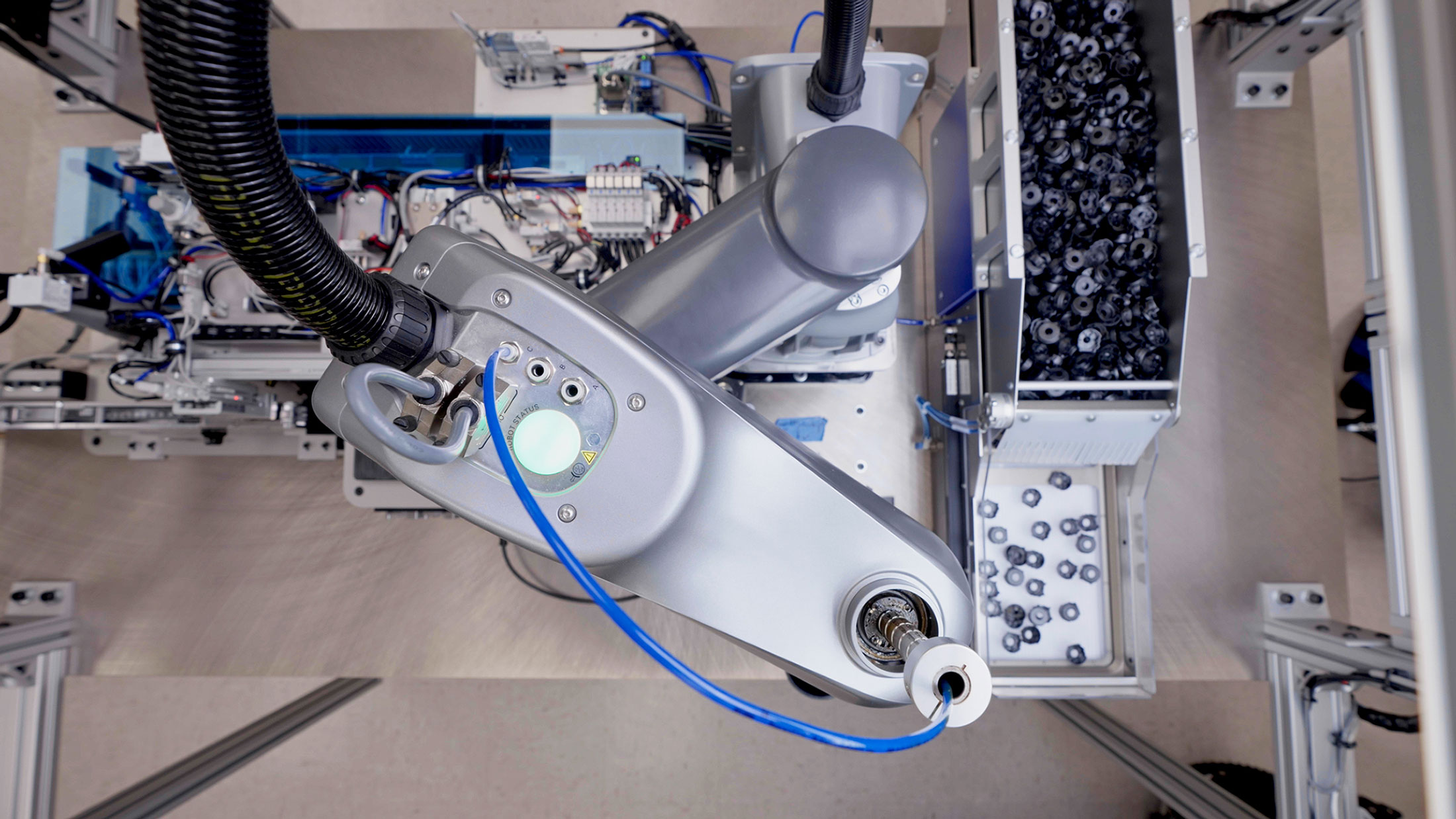
When one of our Mechanical Engineers was looking to automate an assembly process, his design included a robot with absolute positioning capability. Read More »
Published in News > Blog
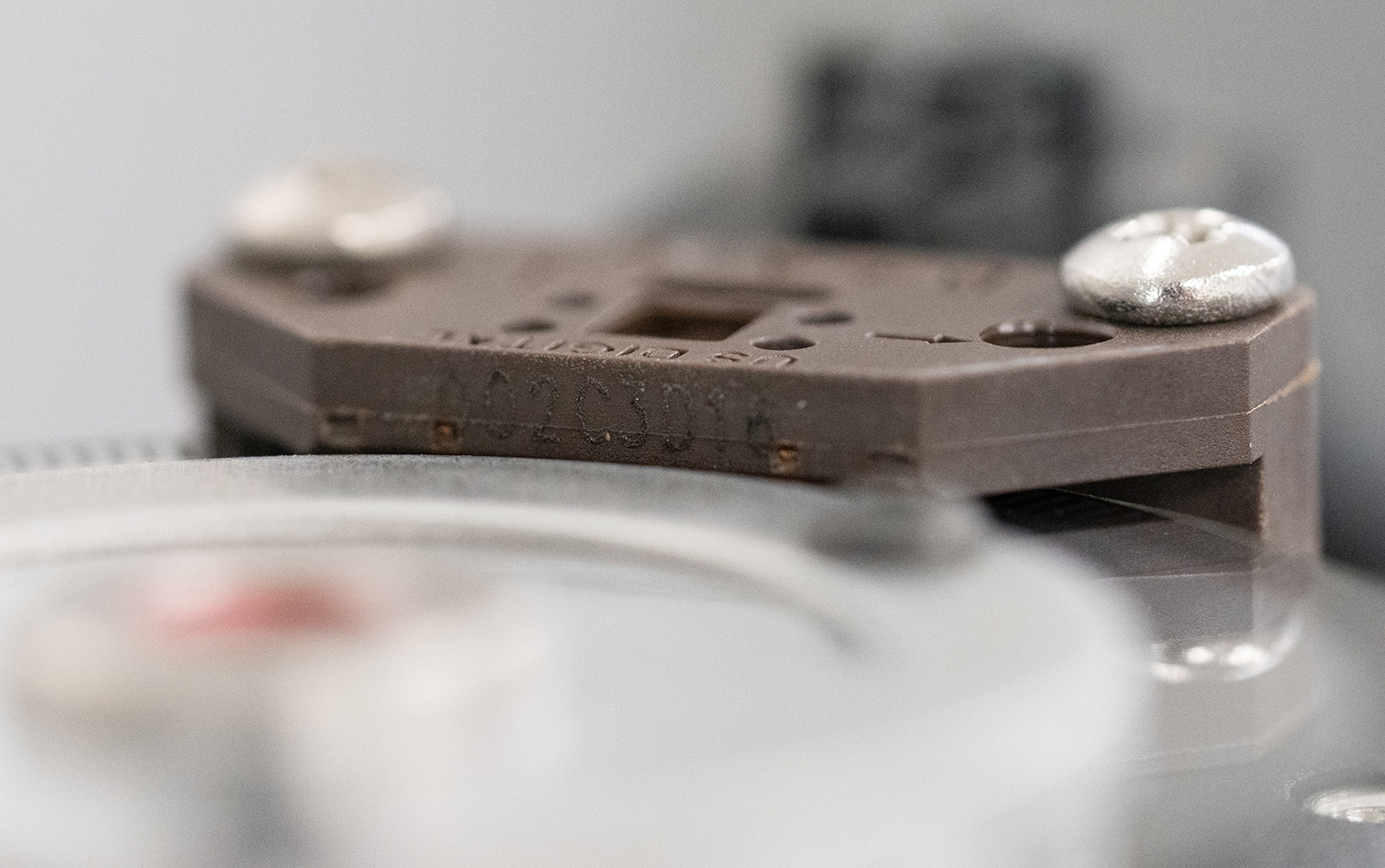
We put a serial number on every one of our EM1 and EM2 modules and a manufacturer order number on encoder covers to track when individual components were made. Read More »
Published in News > Blog

Our MD3 stepper motor driver can drive size 14 to 42 stepper motors from full stepping up to 256 microsteps per step. In this blog post we’re going to walk you through how to set up the MD3 and configure it using a Windows PC. Read More »
Published in News > Blog
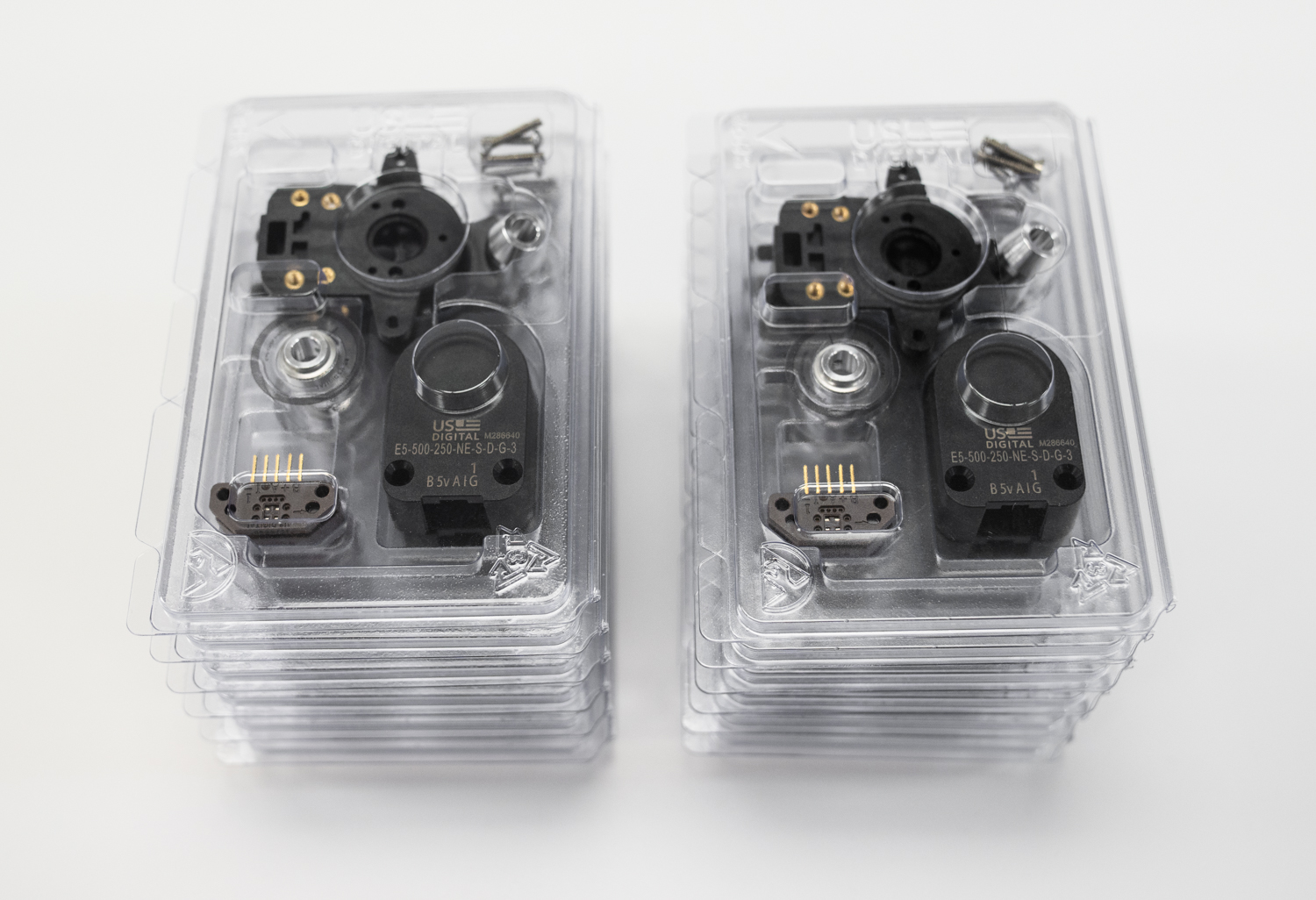
You can save a little bit of cash on your encoder purchase if you order in bulk, but that isn’t always the best-case option for all our customers. In this blog post we’re going to do a deep dive on our packaging options to help you make an informed decision. Read More »
Published in News > Blog
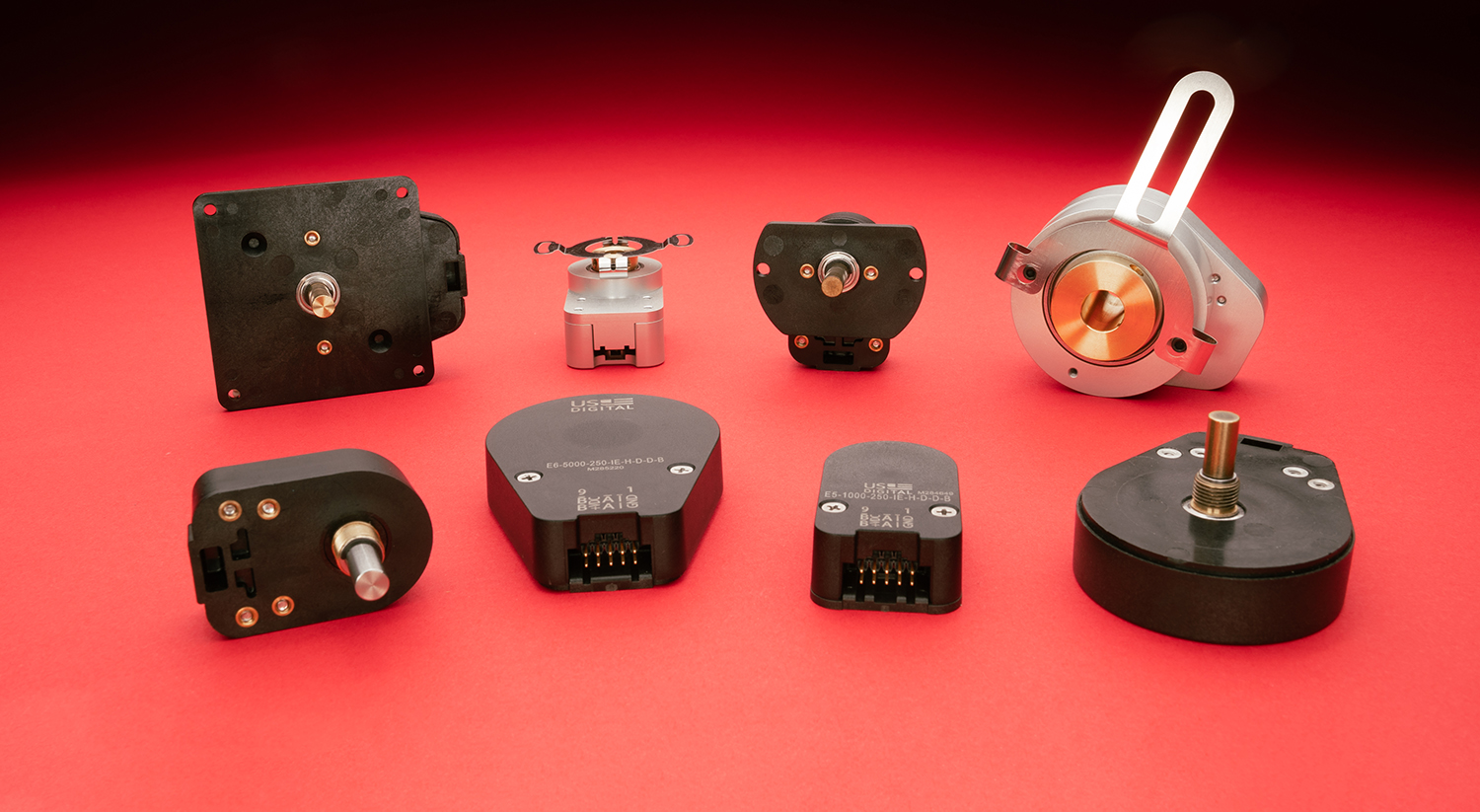
US Digital is announcing a new output configuration that enables many of its popular incremental encoders to accept power up to 30VDC without external adapters. Read More »
Published in News > Press Releases

Use our Device Explorer app to easily test and configure our encoders and inclinometers. Call our tech service line Monday through Friday with any questions. Read More »
Published in News > Blog
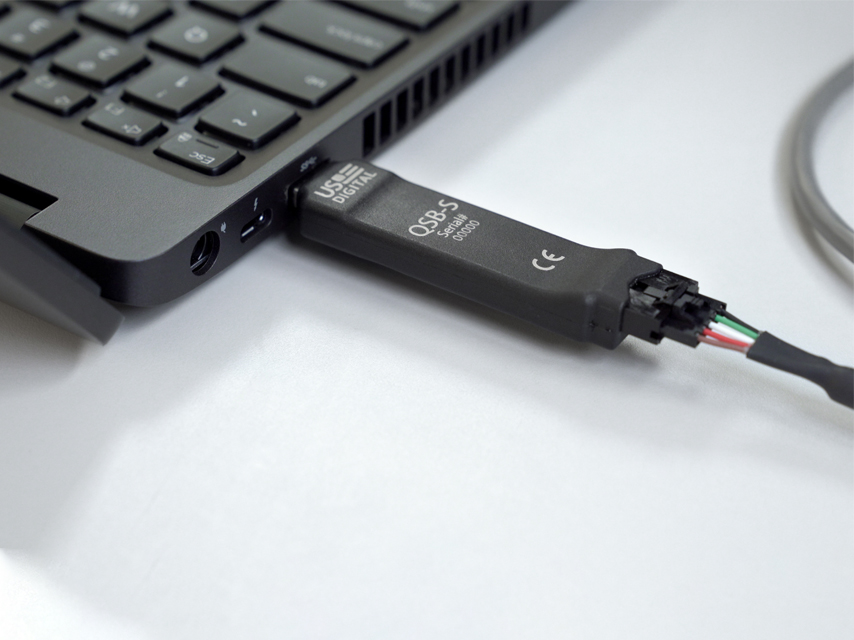
All you need is a windows PC and a QSB to run the Quick Check to verify that an encoder’s expected resolution matches the output. Read More »
Published in News > Blog

US Digital on January 17, 2022, announced it was expanding its line of miniature encoders with a new shafted encoder, the S16. Read More »
Published in News > Press Releases

If your application requires that you know the actual orientation of the shaft following any power cycle before movement is made, you’re going to need an absolute encoder. Why would that be? Read the post to find out. Read More »
Published in News > Blog
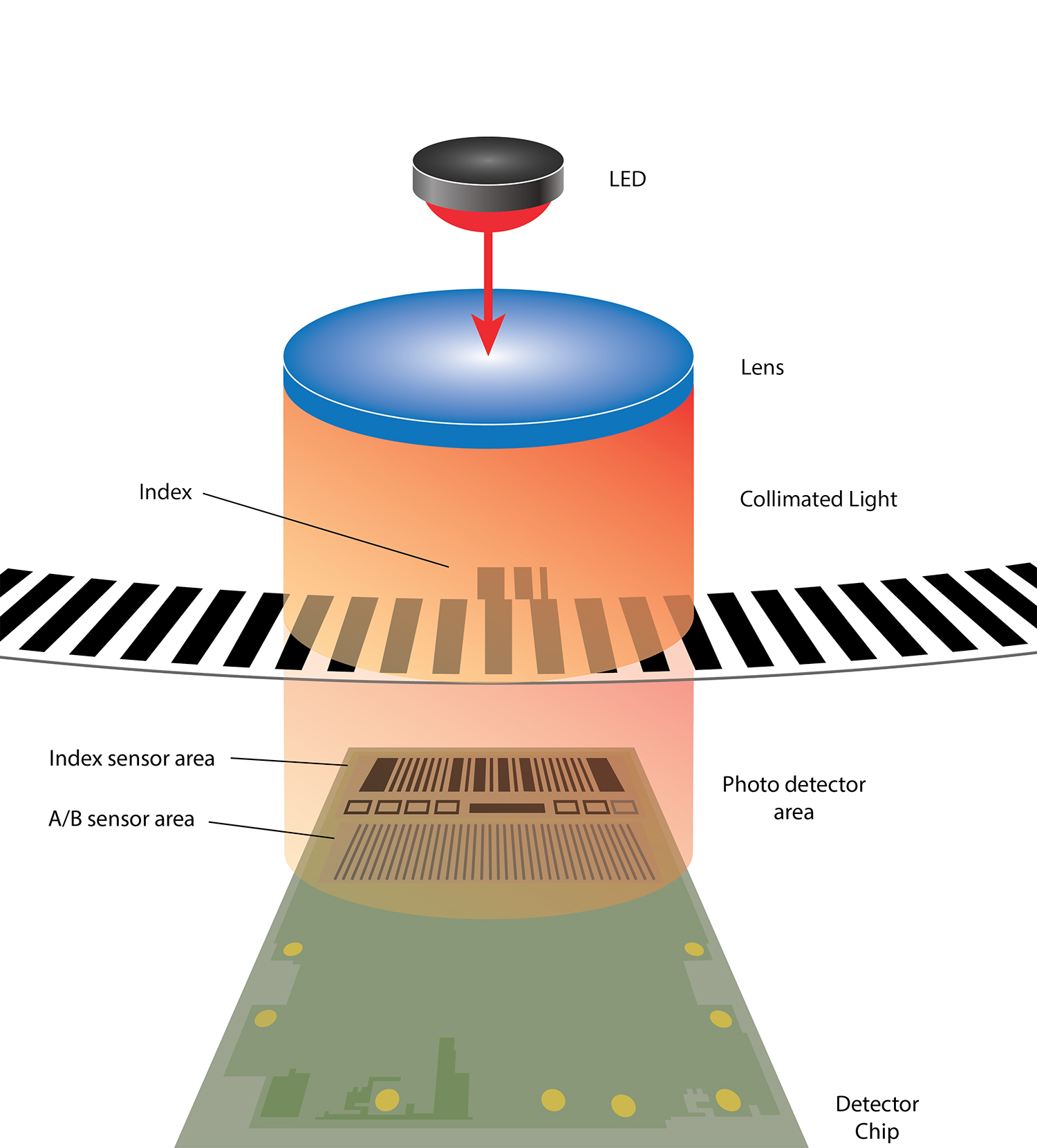
What exactly is the difference between incremental and absolute encoders? Both can be used to measure distance, speed, acceleration and position of a mechanical system. The key difference is what happens if that system has a loss of power. Read More »
Published in News > Blog
More in News
Stay up to date
Sign up for our newsletter to stay up to date with our product updates, blog posts, videos and white papers.
